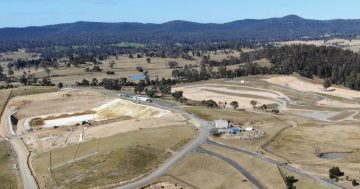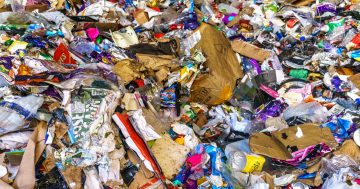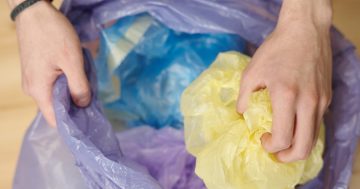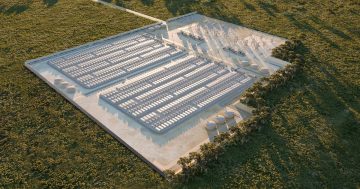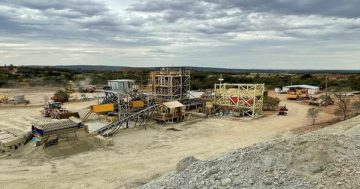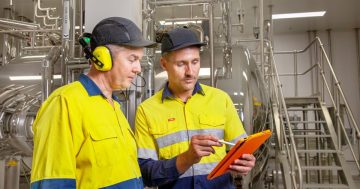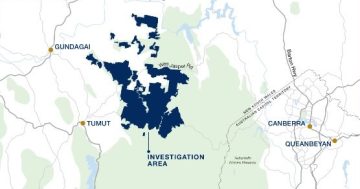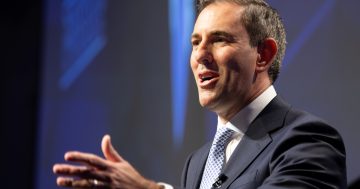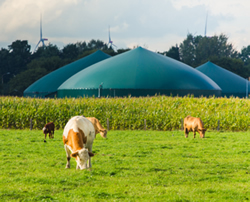 Organic waste from farms, industries and other sources destined for landfill in Victoria are to be transformed into renewable energy thanks to funding from Sustainability Victoria and its delivery on behalf of the Victorian Government.
Organic waste from farms, industries and other sources destined for landfill in Victoria are to be transformed into renewable energy thanks to funding from Sustainability Victoria and its delivery on behalf of the Victorian Government.
The $8 million Waste to Energy – Bioenergy Fund is Victoria’s largest investment in bioenergy to date and is expected to significantly boost the State’s bioenergy capacity, setting an important example to the industry about the value of waste products.
Supporting 24 projects, the fund is to ensure that waste produced by farming and food production like cooking oil, dairy excess and vegetable offcuts which can all converted into electricity, heat, gas or liquid fuel.
Not only will the waste be saved from landfill, it has anticipated the projects will generate 6.8 megawatts of energy, the equivalent of powering 3,410 homes.
According to the organisations, one of the fund recipients is Katunga Fresh Produce, a hydroponic truss tomato grower in the Goulburn Valley.
“The grant from Sustainability Victoria will support their plans to build a pyrolysis plant to process their excess organic matter,” the organisations said.
The energy produced will result in 145,000 gigajoules of natural gas being returned to the grid, warming their glasshouses in the process.
It said this investment would save Katunga up to $3 million per year.
Another fund recipient is Australian Consolidated Milk which plans to develop a facility to process cheese whey waste from the cheese production process.
“The biogas created when the cheese whey is broken down will be converted into electricity to run the dairy manufacturing plant.”
The Yarra Valley Water corporation will also use their funding to purchase generation equipment at their anaerobic digestion facility at the Lilydale Sewage Treatment Plant.
“The process of anaerobic digestion helps break down organic matter with bacteria.”
It is expected that once their plant is operational, it will process around 27,000 tonnes per annum of commercial and industrial food waste, producing around 11,400 megawatt hours of electricity each year to power their facility, with the remaining energy injected into the grid.
In addition to building Victoria’s capability in bioenergy, the projects will significantly contribute to achieving our targets to halve organic waste sent to landfill by 2030 and will help us on our journey to net zero emissions by 2050.
More information about Sustainability Victoria making progress can be found here at the PS News link.


